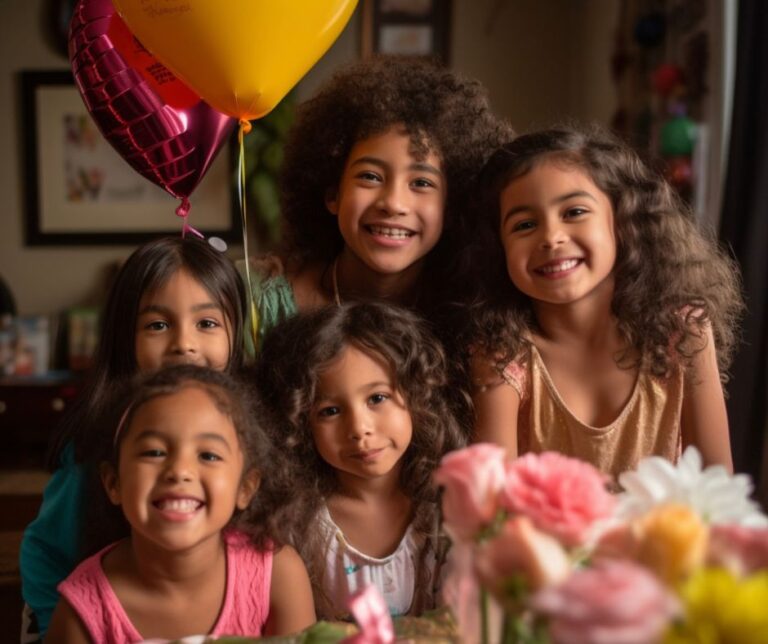
Problem-solving and conflict resolution for foster children should begin early on. With multiple children in your household, it won't take long for siblings to become engaged in some ‘sharing' conflict. Foster children of a family with other children are almost immediately engaged in an activity with siblings early on. Conflict resolution becomes part of their day before they speak.
Foster children are in a self-exploration and self-discovery mode at an early age. You will see kids playing together in social progression, but they all still have toys and objects. The next stage of social play is between 2 and 3 years old when kids begin activities requiring interaction, problem-solving, and conflict resolution.
As parents, we must teach conflict resolution, problem-solving techniques, and skills rather than just solving them. As a part of conflict resolution, foster children must express their feelings and get past their initial emotional reactions. This strategy will take time and practice, and you should discuss the conflict that occurred at a later time once their emotions have calmed down. Discussing conflicts and appropriate reactions is key to their emotional growth.
Before babies can express themselves, they learn that crying and screaming resolves their conflict because, as parents, we respond by getting them what they want or need. Unfortunately, most kids need the time necessary for this emotional growth and self-education, but conflict resolution should practice daily.
Teaching conflict resolution to your children and foster children is integral to their social development and growth. Foster children would grow into adults unable to appropriately resolve problems if they don't have the proper tools to regulate their emotional behavior.
Take these strategies and teach them to the kids in your care. Make them part of your child's daily life, and they will grow in depth and confidence.
